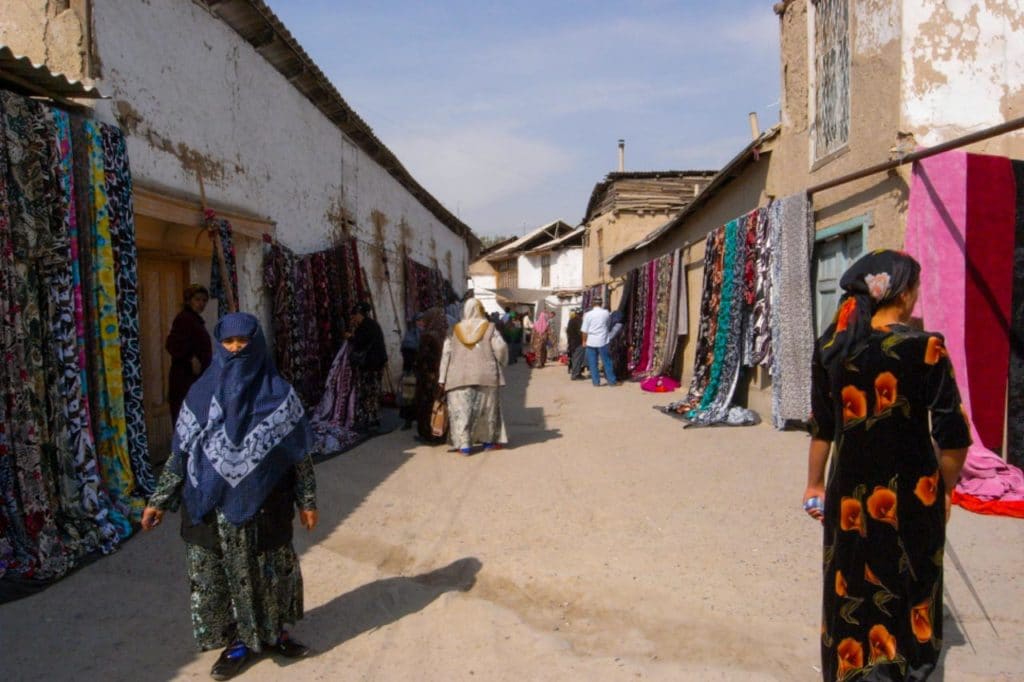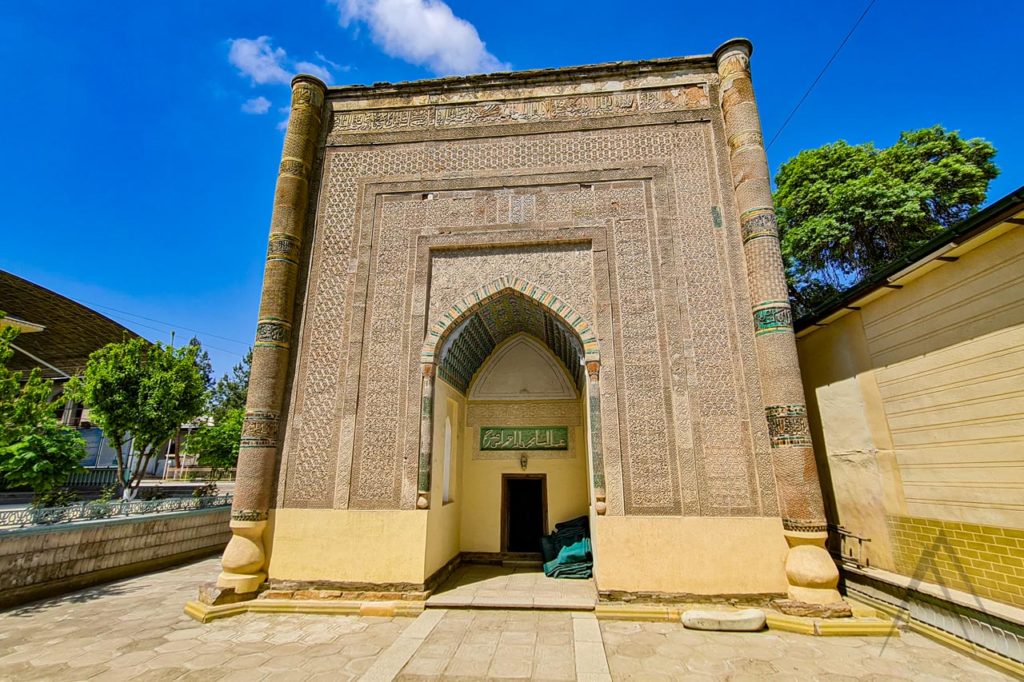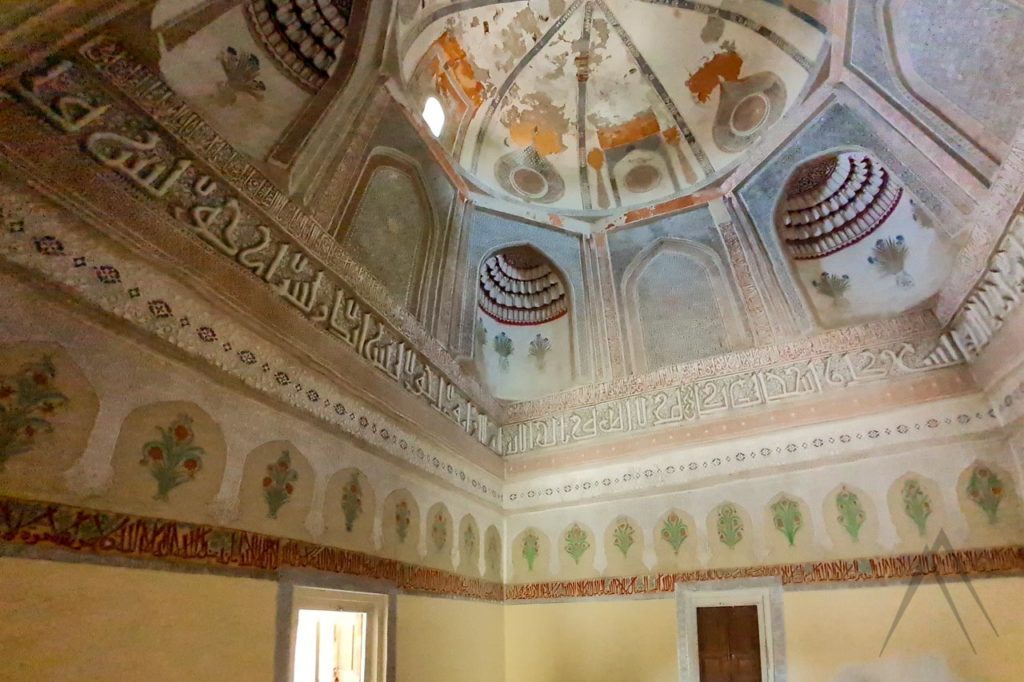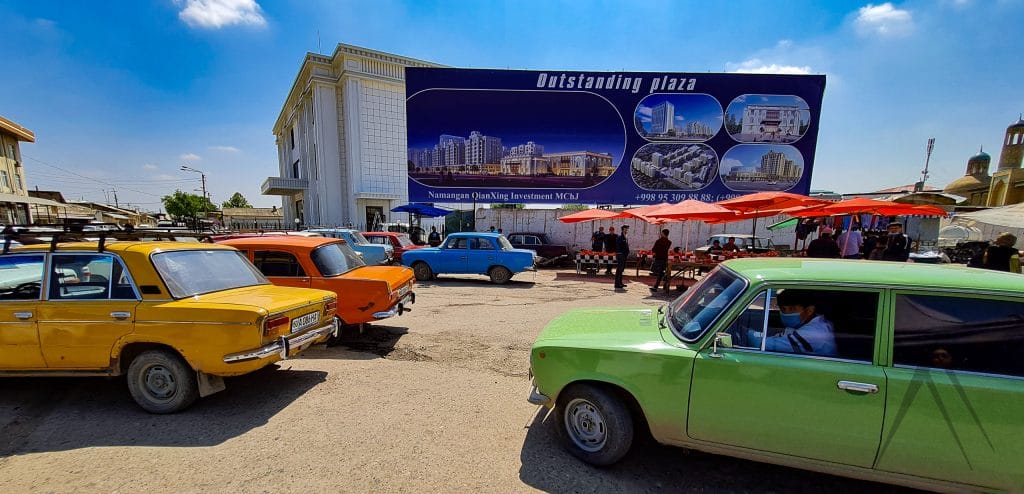Namangan
Namangan
Namangan is the second or third most populated city in Uzbekistan with about half million residents (the information is not very accurate). It is situated a 300 km drive east of Tashkent in the northern part of the Fergana Valley, near to the border with Kyrgyzstan.


The Kara Darya and Naryn rivers join together, forming the Syr Darya just outside the southern edge of Namangan which must be the reason for the location of Namangan to have developed here in the first place. This city is mainly known for being one of the most religious places in Uzbekistan and it can be easily noticed in the clothing of the local women. Otherwise, it is a lively city with bazaars and many small shops and workshops and has a feeling of something from the past.
Namangan has been an important crafts and trade center since the 17th century. After annexation by the Russians in 1867, like with most of Uzbekistan, cotton production and food processing became the dominant economic activities. Many factories were also built in the city during Soviet times. Namangan has recently also become a center for Fergana valley oil discoveries and oil production.
Cotton growing and processing still continues to be a major economic activity and fruits and vegetables are grown in the foothills surrounding Namangan. Water supply into the city comes mainly from the Syr Darya. Towards north, in the mountains, just at the Kyrgyz side, is an amazing nature reserve called Sary-Chelek and the remote Chatkal reserve is somewhat further towards northwest.
History of Namangan
The area near Namangan has been populated at least since Sogdian times, as is shown by the striking ruins of Aksikent and the fortress ruins in Kasan (Kosonsoy) that were the capitals of the valley from the 7th to 12th centuries. During the 17th century, Namangan had grown as a large settlement. People started talking of Namangan as a city for the first time in 1610.
Modern Namangan is a fairly new city compared to other cities in Fergana valley as it has only appeared in the 15th century and there is not much that has remained from the old times. The city gets its name from local salt mines, “namak kan” which means a salt mine in Persian. Namangan has also inherited a lot from the ancient city of Aksikent as the people who survived the devastating earthquake that destroyed the city, emigrated to Namangan.
According to the records, the old Namangan was a city of artisans, where pottery masters, owners of weaving workshops, healers, blacksmiths, painters, owners of jewelry shops, cloth healers and furriers developed their activities. Namangan trade routes were established with China, Bukhara and nomads living in the neighborhood. When the Russians occupied the area, Namangan area had grown into a bastion of Islam, with over 20 madrassahs and 600 mosques. There are still many religious buildings in the city but not all of the them survived the Soviet times and the deadly earthquake that hit the city in 1926 and destroyed large parts of the city.
namangan sights
Babur Park
Babur park was founded in 1884 as the governor’s garden to serve as a site for visitors and became available to the local population only in 1917. It was later renamed Pushkin Park and installed with the requisite Lenin statue, but now holds again Babur’s favor gaining back its name after the independence.
Babur park is located in the central part of the city and covers an area of over 13 hectares. By walking in the park during the late afternoon you’ll notice Namangan’s elders gathering in the dappled shade beneath the Chinnor trees to drink steaming bowls of tea and playing games of chess or nards (a Persian board game similar to backgammon).
Mullah Kyrgyz Madrassah
Mullah Kyrgyz madrassah was built in 1910 by a local cotton magnate. It is believed that one day the famous architect Usto Kyrgyz sat in the middle of the madrassa building site, drinking tea and watched a particularly useless apprentice trying to build a wall. Annoyed, Usto threw a brick at the young man from across the courtyard but, not unsurprisingly given the distance, missed him. The brick hit the top of the wall in exactly the right place, just as if Usto Kyrgyz had carefully placed it there by hand. The madrassa has some attractively carved woodwork, including both ceilings and columns, and the main portal is decorated with a fine mosaic depicting flowers in blue, green, yellow and white.
A scramble up the steep and rather uneven steps inside brings you up onto the rooftop, from where you’ll catch a pleasant breath of fresh air, even in the sticky heat of summer and also get good views across the bazaar. The madrassa, which is an unusual pentahedron in shape due to the local topography, is surrounded by evenly placed hujas.
The madrasa was closed by the Soviets and spent much of the 20th century operating as a literary museum, but it was restored by residents following independence and shortly served as a madrassa again before being closed by the Uzbek government. It is now a museum and named in honor of the craftsman responsible for its construction.

Namangan State Museum of Culture and History

Namangan Local Lore Regional Museum is located nearby the Babur’s Park at the very center of the city. The museum holds a collection of archaeological artifacts from the region, Uzbek cultural objects along craft and traditional clothing as well as animals and dinosaurs that existed in the area of Namangan millions of years ago (that are quite soviet!)
There is also a lot of information available of the abundant ancient cities and fortresses that have existed in the Fergana valley throughout the history.
Khodjamni Kabri Mausoleum and Khodja Amin Mosque
Khodjamni Kabri Mausoleum is neighboring the Khodja Amin Mosque, which requires some renovation. Both of these buildings date from the 18th century and are the work of architect Usto Muhammad Ibrahim. The portal-domed mosque is open on all four sides and it is typical of local mosque architecture of the time.
The design of carved terracotta facade is a remarkable example of Ferghana decoration. The complex terracotta tilework on the front of the mausoleum is particularly interesting as the tiles were produced using a method revived from the 12th century that had more or less disappeared in Fergana. Note that only men are permitted inside these particular buildings.


How to get to Namangan
By airplane, you can get to Namangan within a 55 minutes from Tashkent. Namangan’s airport is located 12 km west of the city. There are also straight international flights to/from several cities in Russia.
There are no train connections to Namangan but you can reach the train connections by taking a shared taxi or a bus to Kokand, Fergana or Andijan that are not fare away. There are also shared taxis driving frequently from Tashkent.

Around Namangan
Aksikent ancient settlement
Namangan’s most attractive site is outside the city as the Aksikent city ruins are located 22 km southwest from the city. The ruins are located next to the Shokhand village where you can see the fortified city ruins of Aksikent at the junction of the Kasansai and Syr Darya rivers.
Sights & destinations near Namangan
Page updated 3.7.2021